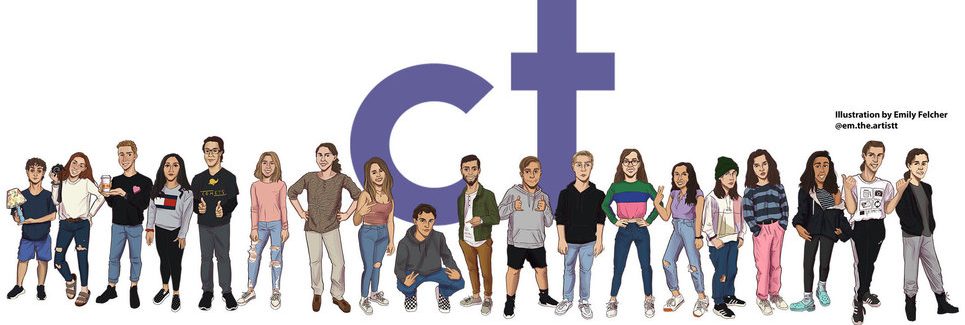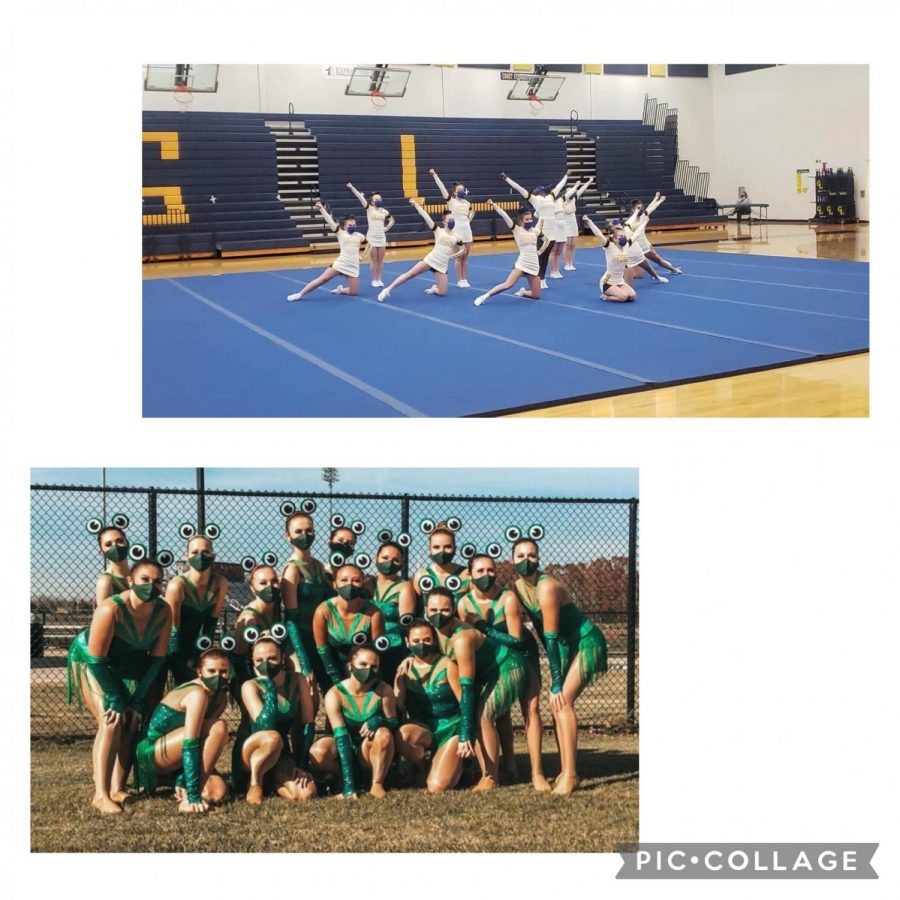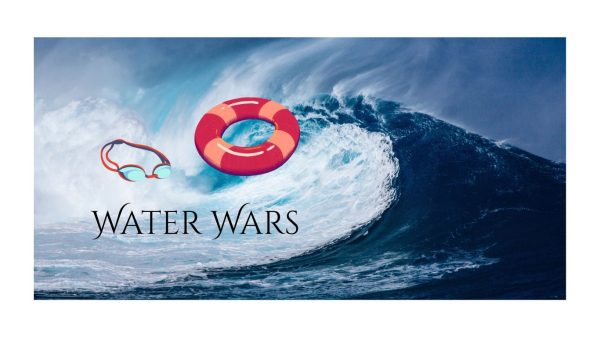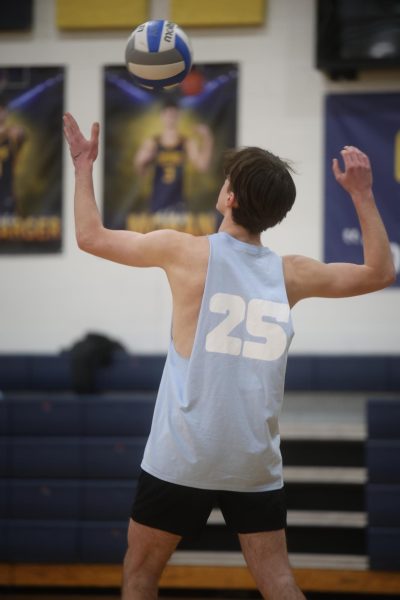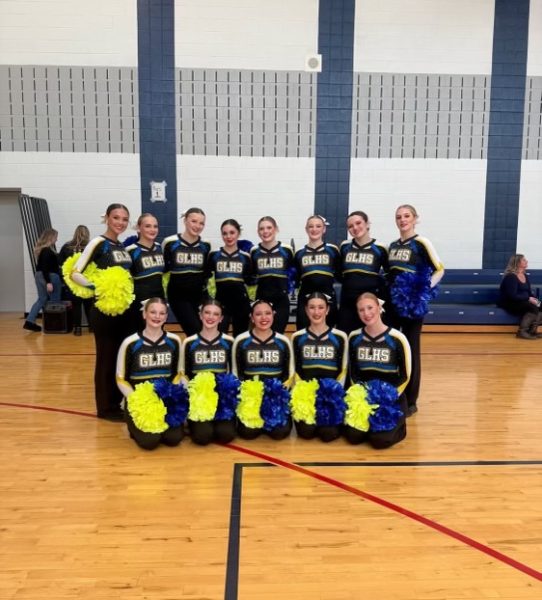Battle of Common Grounds
Competitive Cheer and PomPon, are they similar?
Cheerleading and Pompon are two very similar, yet different sports. They have aspects of the other sport sprinkled within each other. Competitions to the spectators are much different than to the athletes themselves. There are a lot of emotions and feelings going through the athlete’s mind while in the warm-up areas, competing, and during awards. Also, there is so much more that they have to concentrate on like being tight and the safety of their teammates.
Pompon is like a dance squad. It’s a year round sport, only in Michigan, where they perform at competitions and sporting events such as high school basketball games, and football games. Pommers also perform at other school events, such as pep rallies and parades. Pom is only highly competitive in Michigan where teams compete through the Mid American Pompon Association. There is pom in other states and even other countries, but the difference is they perform only at basketball games, football games, and so on. Mid American Pompon puts together competitions every year so that pom teams can compete. Pommers also perform with music and have only one routine..
Cheer is also a year round sport. During the fall, they cheer on the sidelines at football games and participate in pep rallies. Winter, on the other hand, has cheerleaders in a competitive season. Cheerleaders stunt and tumble, along with performing routines and cheers. In Michigan, competitive cheerleaders do not do their routines to music. They have to stay every word to their routine. Competitive cheer consists of three rounds, or routines. Each team performs all three rounds and is scored on each one using a score sheet designed for that particular round and its requirements. The different rounds highlight different skills in the aspect of cheer.
Before a competition starts, both cheer and pom practice their routines in a warm-up area. Since the pandemic hit, cheerleaders have their own designated area for warm-up space. This space consists of 2 to 3 panels of mats (usually wrestling or other cheer mats). These mats are not as big as the mat cheerleaders perform on, so it makes it challenging to run through all of the skills in their routines. The last thing in the warm-up portion of the competition is “mat time.” Mat time is when each cheer team can run through formations and practice on the competition mat. This usually lasts 3-5 minutes. Also, because of the pandemic, cheerleaders do not get locker rooms to place their belongings. Pom has always used the bleachers for their belongings, and now, cheerleaders are doing the same thing. The warm up space for pommers is very small compared to the basketball court they get to perform on. They only get about 15-30 minutes before their performance to warm up and run through their routine. In retrospect, this is not a lot of time.
Competing for pom and cheerleading can look very similar but also have distinct differences. Competitive cheerleaders compete in 3 rounds lasting 1.5 to 2 minutes each. Round One is all about motion placement and jumps. Round Two is about precision and Round Three is an open round, but most teams stunt and tumble during this round. There is also 10-15 minutes in between each round for judges to calculate the scores. As soon as the cheerleader’s feet hit the mat, they should fire up. This gives the judges a good first impression. After the cheerleaders compete each round, each girl must run off the mat to the side that they are closest to and exit out the designated door. Like stated before, pommers only compete one routine that usually lasts from around 1.5 to 2.5 minutes. Pommers are allowed to walk onto the court and get into position and the judge will then say “now performing Grand Ledge Varsity Pom” and give the rest of the calls. Unlike cheer, pommers do not have to fire up before they perform. Once pommers are done performing, they will either do a coordinated walk off or simply walk to the opposite tunnel they came from. Before being able to compete, each sport has 3 calls. Cheers calls are “in the hole,” “on deck,” and “performing now.” For pom, the calls are “on deck” “on hold” and “now performing.” For cheer, the girls may not touch the competition mat until the announcer says we can take the floor. A call like this would be “Grand Ledge, you may approach the mat, take the floor, and begin when ready.” While competing, both cheerleaders and pommers have to focus on their facial expressions (to make it seem enjoyable), how tight their motions are, and pointing their toes. After a while, all of their routines also become muscle memory. Cheerleaders and Pommers do not usually pay attention to the crowd while they are performing, but it is a good feeling to the girls when the crowd is cheering them on.
The last part of a competition is awards. This looks very similar for both sports. Cheerleaders have to sit in their designated corner of the mat while waiting for final scores to be announced. The announcer for cheer will play music such as Cotton Eyed Joe and The Cupid Shuffle, while waiting for final scores. The pom judges will also play music during the passing time from the end of the competition to the announcement of the final scores. The announcers for pom will “test play” other teams songs for later teams, or replay songs that were just performed to. Both sports will sit in a circle with their teammates while final scores are being announced. Pom has more of a specific seating and usually sits in a circle where varsity will sit around junior varsity and then middle school. When the announcer (for both sports) calls final scores, he/she starts from last place and moves up to first. Both competitive cheerleaders and pommers will clap for all teams, no matter the placement to show good sportsmanship.
Cheerleader (Olivia Schelling) and Pommer (Brooke Bennett) gave insight about feelings during a competition. Both girls mentioned that they had a lot of adrenaline going through their body while competing. They also mentioned that they were very excited but nervous. Cheerleaders and Pommers get nervous because they do not want to mess up or disappoint their team. Like before, these girls exclaimed that the crowd is a major part of the competition. It pumps up their adrenaline even more and their routines tend to go better. Olivia mentioned that she gets tired after competing, especially after the last round. Brooke, on the other hand, said that she normally gets tired the day after. There is also a lot of frustration and pressure among the girls. Olivia and Brooke heavily agreed that the frustration comes from messing up, because they do not want to disappoint their team. At the end, both girls get the feeling of relief when it’s over.
Varsity Coaches Samantha Ybarra (cheer) and Devan Dodge (pom) also voiced their feelings about competing. Both coaches have had years of prior experience in their sport before coaching. A lot goes on in a coaches mind while their team is performing. Dodge and Ybarra’s feelings were typical of any coach.
Dodge: “a mix between “please dont mess this up” and “that looked so good!!!!”
Ybarra: “when they compete my mind is blank. My focus is to hype them up as much as I can while they are on the mat.”
Each coach also commented on the difference between being the coach and competing.
D: “It’s more stressful as a coach. As a performer you have control over what you do out there. As a coach, once I send my team out on the floor, there’s nothing else I can do, but cheer.”
Y: “Coaching is rewarding. I loved cheering but coaching allows me to watch the girls grow as people and athletes over the years. I loved being in front of a crowd in uniform with my team, but I love watching my girls so much more!”
Last, each coach shared their favorite memory during a competition.
D: “walking away from a performance knowing it was amazing.”
Ybarra’s favorite memory is watching the team she coaches get done with a round knowing how well they did. Both cheerleaders and coaches experience different and similar feelings during a competition. This shows that they work hard to be the best they can be.
Ultimately, both sports put in a lot of effort during a competition. Each has to follow different rules and procedures to make it run smoothly. Competing is a lot different in the eyes of the athlete.
“It’s so much fun! You get to show off what you have been working so hard at. You also get to prove to yourself and your team that you can handle things under pressure. Overall, it is a great feeling when we just put all of our effort out on the floor.” (Schelling)
“it’s the most thrilling moment of the season where you can really show how much you have grown even at previous competitions and also meet new people and find new friends! Also a good way if you’re a senior to try to show off to impress collegiate teams ;)” (Bennett)
Grand Ledge Varsity Competitive Cheer Schedule:
March 6, 2021 @ Mason HS
March 10, 2021 @ Dewitt HS (league meet)
March 13, 2021 @ Portland HS
March 20, 2021 @ Howell HS (district finals)
Grand Ledge Varsity Pompon Schedule:
March 20, 2021 @ South Lyon HS

Hello! I am Olivia, a senior here at Grand Ledge High School. I've been a part of the Varsity Sideline and Competitive Cheer teams since my sophomore year....

Brooke is 16 and moved from Mount Pleasant to Grand Ledge when she was in 4th grade. She has been going to Grand Ledge since 5th grade, and is currently...
